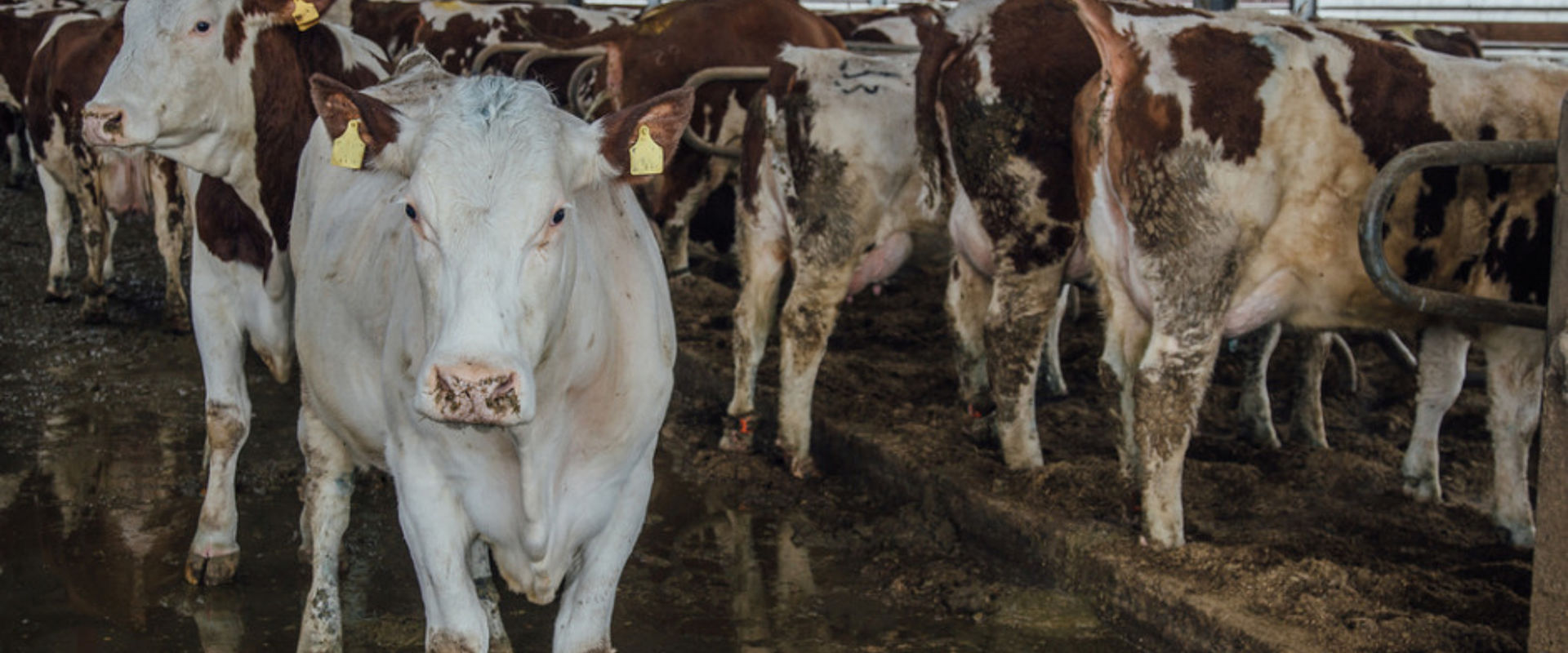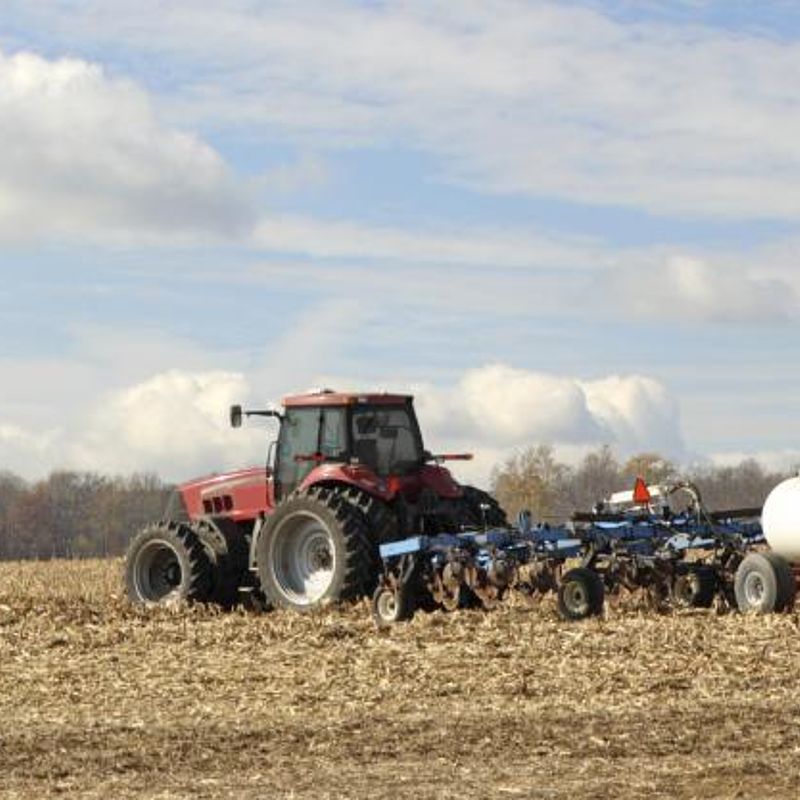
Ammonia monitoring networks
Challenge
Intensive farming practices, relating to livestock, such as slurry spreading or maintaining herds indoors, are major contributors to ammonia emissions. When released, ammonia can deposit on and damage ecosystems and it can also react with atmospheric gas to produce fine particulate matter (PM2.5) that is hazardous to our health.
The EU’s National Emission Ceilings Directive, 2018, establishes ambitious goals for reducing ammonia emissions and requires member states to monitor environmental ammonia levels and demonstrate via inventory reporting decreasing ammonia pollution. Monitoring networks mainly use passive samplers to trap ammonia from air for subsequent laboratory analysis. These are augmented at a small number of sites by active ammonia measurements used for network calibration and quality assurance purposes.
Manufacturers of passive samplers provide users with equations on ammonia uptake for calculating how the amount of trapped ammonia relates to its concentration in air. However, due to the variety of trapping systems available, the number of different equations used, and the effects of site positioning and prevalent environmental conditions comparing the results obtained is challenging.
A greater understanding of the performance of different sampler types, coupled with the development of traceable reference materials suitable for use in the field is required to enable samplers to be robustly compared under real environmental conditions. Resulting improvements will support monitoring networks in demonstrating the accuracy of ammonia measurements.
Solution
The EMRP Project Metrology for ammonia in ambient air, extended the capabilities of NPL’s existing Controlled Atmosphere Test Facility (CATFAC) - which provides gas sensor testing - to be suitable for ammonia passive sampler measurements. This included developing new stable ammonia reference standards at part per million levels; cylinders of gas containing ammonia at precise concentrations for subsequent dilution to the part per billion levels encountered in atmospheric monitoring.
This facility and the project’s reference gas standards were employed to assess a selection of passive samplers routinely used in monitoring networks. An accurate knowledge of the supplied gas concentration made it possible to derive new equations that better reflect the relationship between ammonia concentrations and sampler uptake rate. These underpin the accuracy with which environmental levels of ammonia can be determined in the field.
Impact
The Centre for Ecology & Hydrology (CEH), which operates the UK National Ammonia Monitoring Network on behalf of Defra and the Devolved Administrations, has 9 sites with parallel active samplers for long term calibration of the network. As a result of interactions with the project team, CEH now hosts an annual comparison exercise to assess ammonia sampling device performance.
Through controlled releases of the project’s reference materials during field trials using passive ammonia sampling devices, CEH was able to demonstrate that CATFAC derived equations gave more accurate results and that local climate and conditions are key for understanding and delivering high quality traceable ammonia passive sampler measurements. These studies have contributed to information used in a new CEN measurement standard that will enable users and manufacturers of passive ammonia sampler manufacturers to develop improved traceable high-quality approaches for ambient ammonia monitoring.
- Category
- EMRP,
- Environment,
